Acacia Acuminata Root Bark
$60.00 Original price was: $60.00.$55.00Current price is: $55.00.
What is Acacia Acuminata Root Bark?
Acacia Acuminata Root Bark , commonly known as the Raspberry Jam Wattle or the Fine-leaf Jam, is a distinctive member of the Acacia genus, a vast group of leguminous trees and shrubs. This unique species is native to the southwestern regions of Australia, where it has earned a reputation for its striking appearance and diverse applications.
Acacia Acuminata root bark is particularly renowned for its high concentration of psychoactive compounds, captivating botanists, indigenous communities, and enthusiasts of natural medicine alike
Characteristics
Acacia Acuminata stands out with its distinct features that make it easily identifiable in its native habitats. Typically a small to medium-sized tree, it can reach heights of up to eight metres.
The most notable characteristic is its finely divided, feathery leaves, which give the tree an elegant and delicate appearance. The tree’s bark is smooth and greyish-brown, providing a striking contrast to the bright yellow flowers that bloom in cylindrical clusters.
These flowers not only contribute to the tree’s aesthetic appeal but also play a vital role in its reproductive cycle, attracting pollinators such as bees.
Distribution
Indigenous to the southwestern corner of Australia, Acacia Acuminata thrives in a range of ecosystems, including woodlands, heathlands, and sand plains. Its distribution spans across the states of Western Australia and South Australia, where it has adapted to various soil types and climatic conditions.
The species’ resilience and ability to adapt have allowed it to establish a firm presence in its native region, contributing to the unique biodiversity of Australian flora.
Uses
- Traditional Indigenous Uses: Acacia Acuminata has a rich history of traditional use by Indigenous Australian communities. The Noongar people, in particular, have utilised various parts of the tree for cultural and medicinal purposes. The gum from the tree was traditionally collected and used as glue, while the wood was employed in tool-making.
- Psychoactive Properties: One of the most intriguing aspects of Acacia Acuminata is its psychoactive potential. The tree contains psychoactive compounds, including dimethyltryptamine (DMT), a powerful hallucinogenic substance. Enthusiasts and researchers have explored the extraction of DMT from the bark for use in spiritual and shamanic practices. It’s important to note that the use and extraction of psychoactive compounds raise legal and ethical considerations in many regions.
- Aromatic Qualities: Beyond its psychoactive properties, Acacia Acuminata is valued for its fragrant qualities. The tree’s leaves, when crushed, emit a distinct aroma often described as reminiscent of raspberry jam, lending it the common name “Raspberry Jam Wattle.” This aromatic feature adds to the overall allure of the tree and contributes to its appeal in landscaping.
Benefits of Acacia Acuminata Root Bark
- Biodiversity and Ecosystem Services: Acacia Acuminata plays a crucial role in its native ecosystems by contributing to biodiversity and providing essential ecosystem services. As a native species, it supports local fauna by providing habitat and sustenance to various animals, including insects and birds.
- Cultural and Traditional Significance: The cultural and traditional significance of Acacia Acuminata cannot be overstated. Indigenous communities have long relied on the tree for its practical uses, and its presence in their folklore and rituals underscores its importance in shaping the cultural landscape of the region.
- Potential Therapeutic Applications: While the psychoactive properties of Acacia Acuminata have garnered attention, there is ongoing research into the potential therapeutic applications of its compounds. DMT, in particular, has shown promise in mental health research, although further studies are needed to fully understand its mechanisms and potential benefits.
Conclusion
In conclusion, Acacia Acuminata emerges as a botanical marvel, seamlessly blending cultural, ecological, and scientific significance. Its elegant appearance, psychoactive potential, and traditional uses contribute to its allure, making it a subject of fascination for researchers, herbalists, and those intrigued by the intricate relationship between plants and human culture. As we delve into the mysteries of Acacia Acuminata, we are reminded of the importance of respecting indigenous knowledge, preserving biodiversity, and exploring the potential benefits of nature in a responsible and sustainable manner.
11 reviews for Acacia Acuminata Root Bark
Add a review Cancel reply
Related products
MAGIC TRUFFLES
MAGIC TRUFFLES
MAGIC TRUFFLES
MAGIC TRUFFLES
MAGIC TRUFFLES
MAGIC TRUFFLES
MAGIC TRUFFLES
MAGIC TRUFFLES

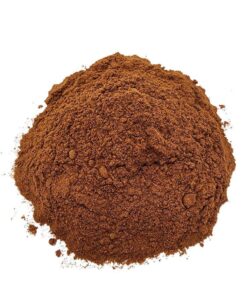
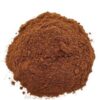

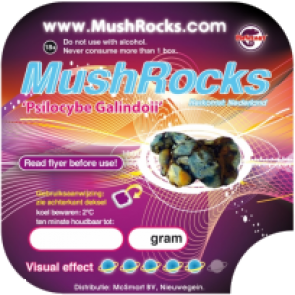

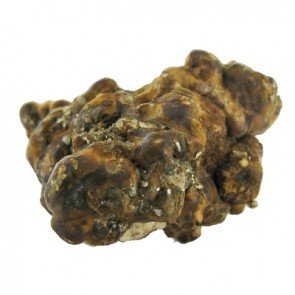




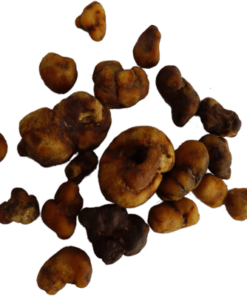

Kelvin –
Very helpful support team answering my questions before and after buy. It toook a little bit of time to get used to but my general health has ultimately improved and I’m on my second monyth now
Adams –
Thank you Dave from having deliver my product as plan.I will definitely recommend my colleague to shop here
Jasmine –
Awwwww the product is super awesome and the customer service is amazing. There will not be a better way than a 5star rating
Kelly –
Gosh this is one of the best online company I have ever come across without been scammed of my money.They deliver exactly as they said and their products is top class and I am so grateful for my root bank
admin –
I’ve been looking for a good Acacia root bark for some time and Ive finally found it in this company. Very happy and pleased with everything and we highly recommend them
Joy –
Root bark feel like just the product I’ve been searching for. Already feeling thee benefits and looking forward to discovering longer term results.
Smith –
Worked fine, the order was easy and secure, i received the product few seconds later.Highly recommended
Stevez –
Fast delivery and very easy to use. Woud absolutly recommend
Jasmine –
I can’t express how happy I am with the service I have received.
I ordered a “Acacia Acuminata root” but realised they require 3 days notice, I needed quicker than that. I spoke to Rebecca who could not have been more helpful, she spoke to the team and we agreed that if they could substitute my choices if they needed to (they didn’t, I received exactly what I ordered) then they could get this out for me. It arrived a day earlier than requested and was absolutely amazing. The product is delicious and I highly recommend them!
Eliot –
Sally is amazing. She made a horrendous time bearable.
We didn’t want our boy away from us for any longer than necessary, so we looked for a same day cremation service. I’m so glad we found Kind. From the first moment I spoke to Sally I knew this was the right woman to help on us acquire our products.
She treated Scooby like he was her own, the care and love she obviously has for is so reassuring.
She didn’t rush our goodbye, and was amazing with Scooby.
Jasmine –
This company does what it says.
Its very easy to use and has all you would expect from a service like this.
Highly recommend 👌